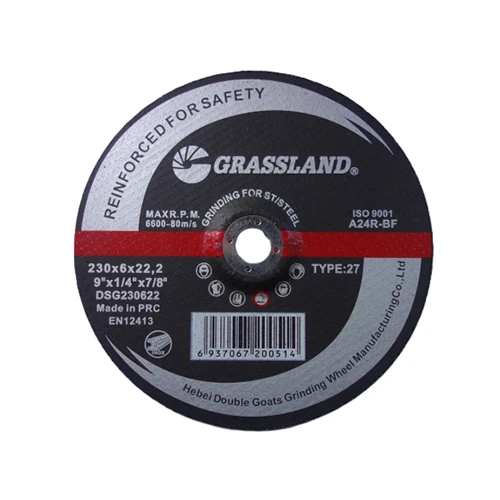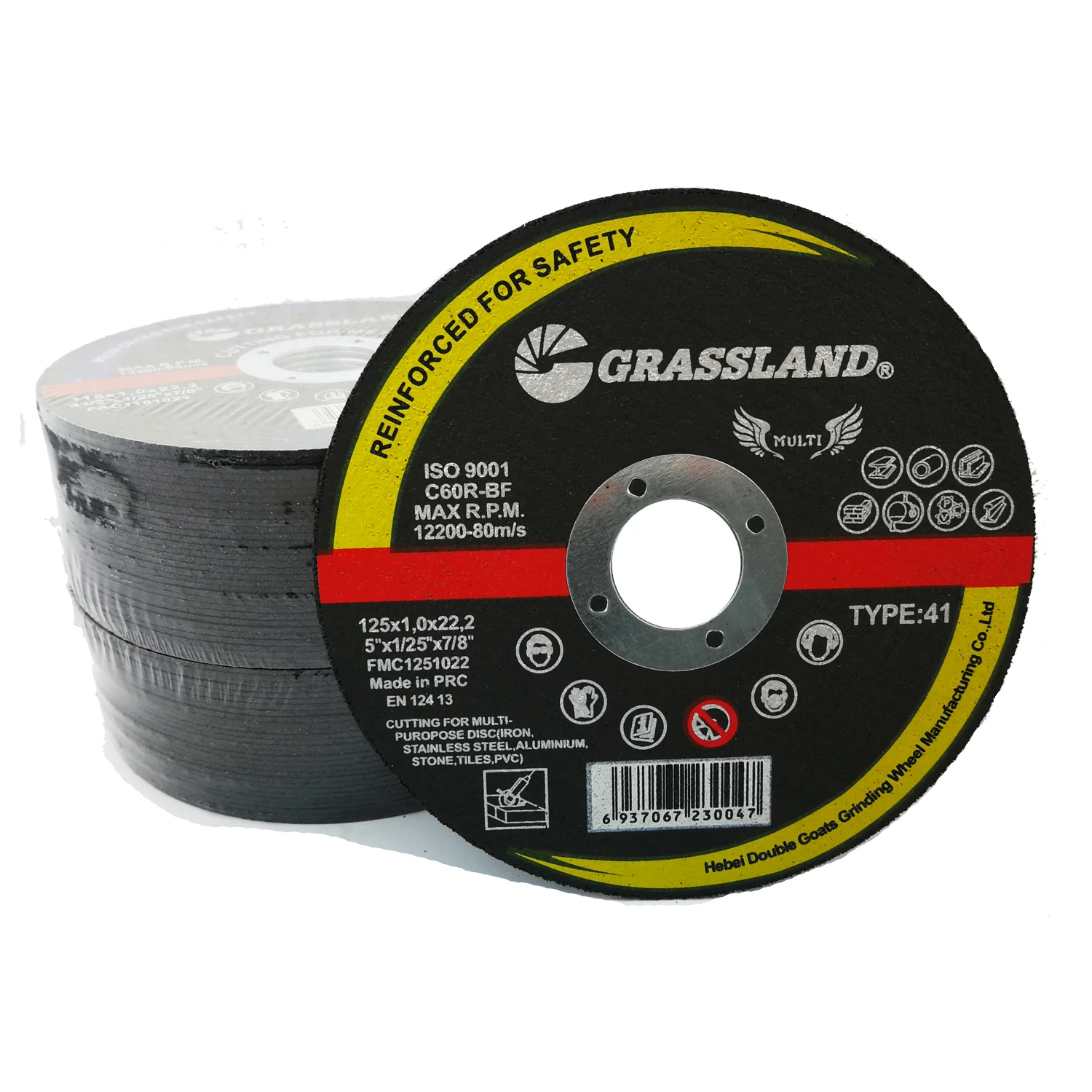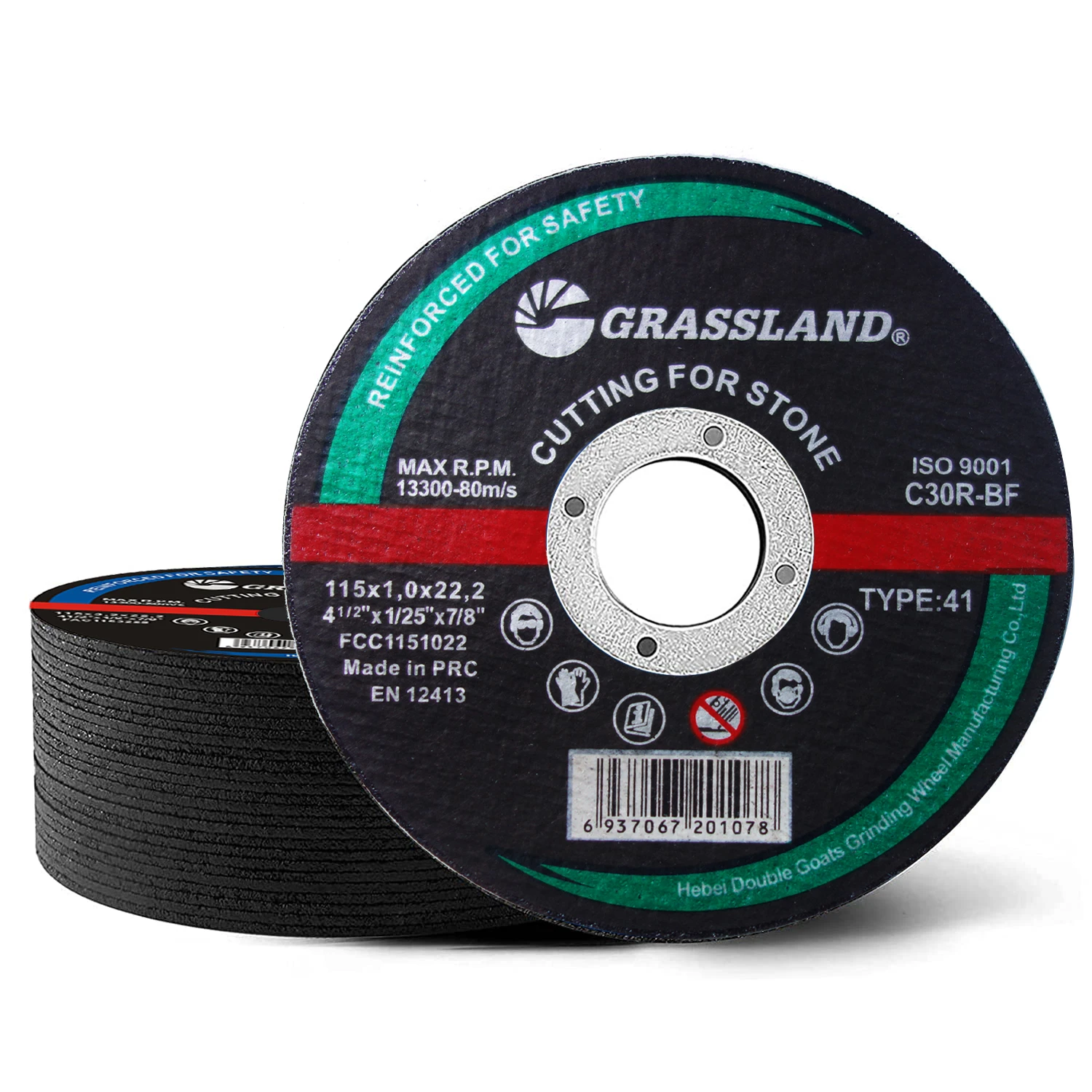Understanding Disco de Corte para Metal Medidas: Why Size Really Matters
If you've ever tried cutting metal with the wrong-sized disc, you know how frustrating it can be. "Disco de corte para metal medidas" — the size specifications of metal cutting discs — might sound a bit technical or mundane, but it’s actually a crucial piece of the metalworking puzzle worldwide. The right dimensions ensure safety, efficiency, durability, and even reduce costs. In industries from construction to automotive manufacturing, getting these measurements right is vital.
With the rise of infrastructure projects globally and the ever-increasing demand for precision in manufacturing, understanding the ins and outs of disco de corte para metal medidas is more relevant now than ever. It ensures our tools work well, last longer, and that workers stay safe.
Mini takeaway: Knowing the correct metal cutting disc sizes isn’t just technical jargon—it’s the backbone of safe, efficient metal fabrication worldwide.Why Disco de Corte para Metal Medidas Matter Globally
The global metalworking tools market is projected to grow steadily, supported by expanding construction and automotive sectors. According to the International Organization for Standardization (ISO), safety and quality standards for cutting tools directly impact workplace accident rates and project turnaround times. From the factories in Germany to shipyards in South Korea, the precision of a cutting disc’s dimensions can make or break operational efficiency.
Failing to adhere to the right disco de corte para metal medidas often results in premature wear or, worse, dangerous breakages during use. The World Bank notes that occupational safety improvements in emerging markets are closely tied to equipment standards — and cutting discs play a role here.
However, a challenge persists: many workshops, especially smaller operations or those in developing regions, still rely on inconsistent or unregulated disc sizes, which impacts their productivity and safety records.
Mini takeaway: Correct cutting disc measurements are a frontline defense against accidents and inefficiencies across the metalworking world.What Exactly Are Disco de Corte para Metal Medidas?
Simply put, “disco de corte para metal medidas” refers to the physical dimensions of cutting discs specifically designed for metal. This includes diameter, thickness, and bore size — the hole in the center that fits onto the tool’s spindle. For example, a common size is 115mm diameter with a 22.23mm bore for handheld angle grinders.
These measurements aren’t arbitrary; they determine the disc’s speed capacity, compatibility with tools, cutting depth, and lifespan. Using the wrong size not only compromises cutting quality but is a safety hazard.
Industrially, these discs help in everything from creating car frames to cutting steel beams on construction sites — modern industries literally depend on these dimensions for quality and safety.
Key Factors in Choosing the Right Metal Cutting Disc
1. Diameter and Thickness
The diameter affects the maximum cut depth possible. A thicker disc generally lasts longer but might cut slower or leave rough edges. You’ll notice that a disc that’s 230mm in diameter cuts differently than one that’s 100mm — and each has its place based on the task.
2. Bore Size
The disc must fit perfectly on the grinder's spindle. Most discs for metal use a 22.23mm bore, but variations exist. An ill-fitting disc can wobble dangerously, increasing vibration and chances of breakage.
3. Material Composition
Grinding discs differ in abrasive materials (aluminum oxide, zirconia alumina, etc.). While this isn’t exactly a “measure,” size correlates with composition: larger discs tend to be thicker and made for tougher materials.
4. Speed Rating (RPM)
The disc size influences maximum safe rotational speed. A disc too large for the tool or exceeding speed limits risks shattering.
5. Compatibility with Tool
Size specs matter for the kind of tool used — angle grinders, chop saws, or stationary cutting machines all require different dimensions.
Mini takeaway: Each measurement in disco de corte para metal medidas carries a purpose influencing safety, performance, and lifespan of the disc.Where and How Are These Discs Used Around the World?
In industrial powerhouses like China, Germany, and the U.S., metal cutting discs come in standardized sizes and are rigorously tested to meet strict regulations. Their use spans:
- Construction: Cutting steel frames, rebar, and sheet metal.
- Automotive: Fabricating parts, trimming panels.
- Shipbuilding: Handling heavy steel plates in precise cuts.
- Disaster Relief: Cutting metal debris to clear rescue paths.
- Remote Mines or Industrial Zones: Portable discs paired with handheld grinders allow maintenance in areas lacking heavy equipment.
For NGOs working in disaster zones, choosing the right disc size means quicker access to rubble, enabling faster medical care or shelter reconstructions. In fact, many humanitarian organizations source cutting discs with specific measurements to ensure their field equipment works under challenging conditions.
Advantages and Long-Term Value of Correct Disc Sizing
By matching the right disco de corte para metal medidas to the job, companies save money on replacement and downtime, ensure worker safety, and maintain cutting precision. There's a psychological angle too: workers trust their gear more, reducing fatigue caused by vibrations or unsafe conditions.
Environmentally, using an appropriately sized disc reduces waste—in other words, less frequent replacements mean fewer discarded abrasive products.
Above all, the safety improvements are profound — according to ISO 603-1 standards, the risk of disc breakage decreases drastically with proper sizing and speed adherence.
Looking Ahead: Trends in Metal Cutting Disc Technology
Innovators are focusing on greener abrasives, discs with longer lifespans but maintaining thinner profiles, and smart grinders that adjust speed according to disc size. Automation is creeping in: CNC machines that auto-select disc sizes based on the material and cut specs are becoming standard in advanced factories.
Digital transformation means more precise tracking of disc usage, preventing overuse beyond safe limits — in turn reducing accidents.
Overcoming Challenges: Common Issues and Smart Solutions
One big challenge remains availability in less developed regions. Many workers still use mismatched discs from unknown vendors. Solutions are emerging through improved global supply chains and education on disco de corte para metal medidas importance.
Also, counterfeit discs in the market lead to inconsistent sizes and lower safety. Countermeasures include authentication tech (QR codes, RFIDs) and stricter regulatory enforcement.
FAQ: Common Questions About Disco de Corte para Metal Medidas
- Q: What are the most common sizes for metal cutting discs?
- A: Typically, 115mm and 125mm discs are popular for handheld tools, with 230mm common for larger saws. The bore size often standardizes at 22.23mm, but always check your tool specs.
- Q: Can I use a disc with a different thickness for the same diameter?
- A: Yes, but thicker discs are more durable while thinner discs provide faster, cleaner cuts. Choose based on your material and required precision.
- Q: How do I know if a cutting disc fits my tool?
- A: Match the diameter and bore size exactly. Trying to force a disc that doesn’t fit can cause vibrations or accidents.
- Q: Are there international standards for these measurements?
- A: Yes, ISO 603-1 and ANSI safety standards guide dimensions and speed ratings. Always buy discs compliant with recognized standards.
- Q: How often should I replace my metal cutting disc?
- A: When you notice diameter reduction beyond safe limits, or visible wear/damage. Manufacturers usually provide guidance based on usage.
Product Specification Table: Typical Metal Cutting Disc Sizes
| Diameter (mm) | Thickness (mm) | Bore Size (mm) | Max RPM | Typical Use |
|---|---|---|---|---|
| 115 | 1.0-1.2 | 22.23 | 13,300 | Handheld angle grinder |
| 125 | 1.0-1.6 | 22.23 | 12,200 | Metal trimming & cutting |
| 180 | 2.0 | 22.23 | 8,500 | Heavy-duty cutting |
| 230 | 2.5-3.0 | 22.23 | 6,600 | Industrial & construction |
Vendor Comparison: Key Providers of Metal Cutting Discs
| Vendor | Range of Sizes | ISO Certification | Price Range (USD) | Global Reach |
|---|---|---|---|---|
| CutOffPro | 100mm - 230mm | ISO 603-1 | $2 - $12 per disc | Worldwide |
| MetalMax Abrasives | 115mm - 180mm | ISO 603-1 | $3 - $10 per disc | Europe & Americas |
| GrindX Technologies | 80mm - 230mm | ISO & ANSI certified | $1.5 - $14 per disc | Asia & Middle East |
Wrapping Up: The Long-Term Benefits of Using the Right Disc Sizes
Getting the right disco de corte para metal medidas isn’t just about precision or tool fit — it’s a safety must-have. It saves time, money, and lives. When you ensure your workspace uses the correct sizes, you’re investing not just in equipment, but in worker confidence and product quality. Whether you’re a DIY enthusiast, a construction worker, or managing an industrial plant, that simple measurement conversation can make a huge difference.
Next time you’re looking for metal cutting discs, keep size front and center. It’s usually those small details that steer a project toward smooth sailing or costly setbacks.
For more curated metal disc options and detailed sizing guides, check out our website.
References
Post time:Nov - 23 - 2025

















